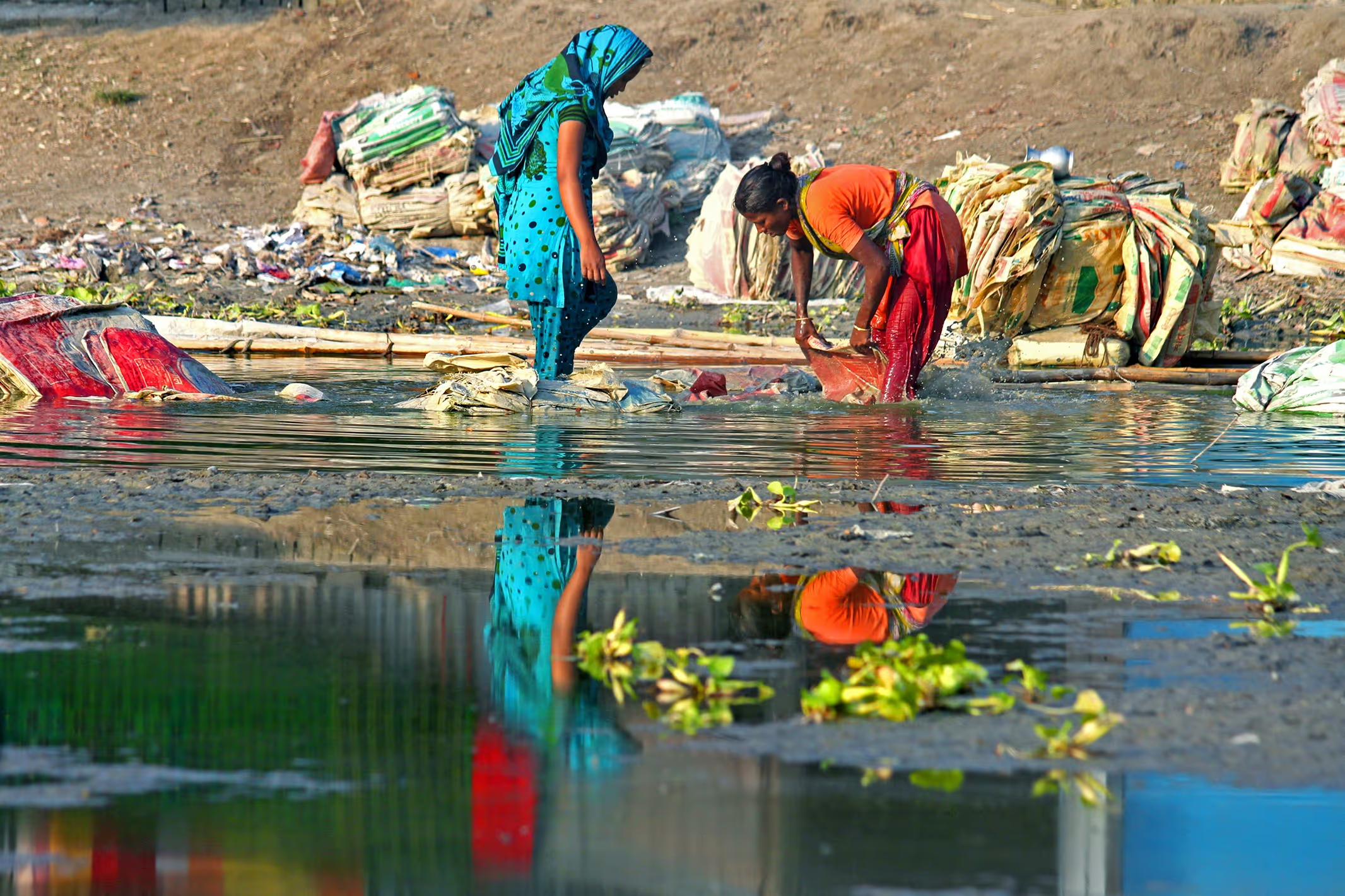Infrastructure deployment in hard to reach locations

After contracting was completed early this year, the solarisation of the Humanitarian Hub in Malakal is inching closer. The procurement order to vendors was completed in March and the implementing partners have worked hard to make preparations while components to be delivered are manufactured.
The harsh conditions and limited availability of the Upper Nile region in South Sudan means that robustness has been central in all design decisions. Examples of this include:
- Choosing to install the more than 2,000 panels on fix tilt structures and not with a tracker which is the industry norm. This reduces the efficiency of each panel by around 20%, but reduces the amount of moving parts.
- Opting for Tesla Powerpack batteries to provide the nearly 2MWh of energy storage. These are modular and a failure in one unit will not cause a system wide failure of the system.
The first components arrived at the harbour in Mombasa in July and were transported on land through Kenya and Uganda, finally reaching South Sudan through the border at Nimule. These are currently stored in Juba, awaiting the final stage in the journey towards Malakal. The last leg is by far the most complicated, with road transportation being blocked by insecurity and poor infrastructure. The two options available are, using a barge to transfer the materials down the river Nile or fly the materials with cargo aircraft.
The barge option is organised by the Humanitarian Logistics cluster and takes place 2-3 times a year. It is difficult to predict when the movement takes place and barge convoy is vulnerable to being stopped by various armed factions controlling different parts of the river. Flights avoid much of the uncertainty with timing, but it will significantly increase the cost of the project. Each flight costs around USD 60,000 and we require 5-6 flights to transport the 15 containers to site.
When the materials arrive in Malakal in October, a team of 5 engineers will work with 15 lower skilled workers through the three-week installation. Commissioning of the solar system is expected to take place in November, at a time when temperatures are soaring and energy requirements for the humanitarian operations are coming to a head. Exciting time ahead!
;
Image Credit: Kube Energy, WFP South Sudan
Stay updated
Sign up for our newsletter to receive regular updates on resources, news, and insights like this. Don’t miss out on important information that can help you stay informed and engaged.
Related articles



Explore Elrha
Learn more about our mission, the organisations we support, and the resources we provide to drive research and innovation in humanitarian response.